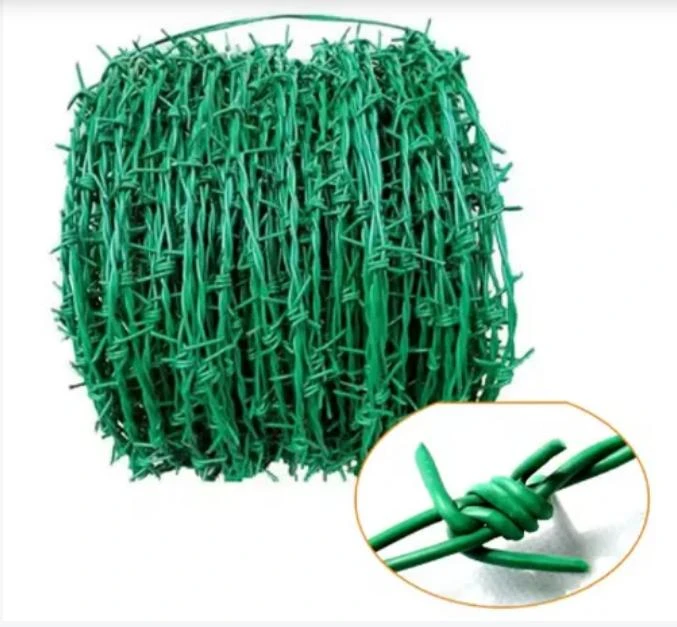-
 Phone:
Phone: -
 Email:
Email:

Rock Netting Techniques for Effective Slope Stabilization and Erosion Control Solutions
Rock Netting for Slope Protection An Effective Solution
In the realm of civil engineering and environmental management, slope protection is a crucial aspect that helps maintain the integrity of landscapes and infrastructure. One of the most effective methods used for slope stabilization is rock netting. This method not only secures loose materials but also minimizes the risk of landslides and erosion. As urban development encroaches upon natural landscapes, the need for effective slope protection becomes increasingly vital.
Understanding Rock Netting
Rock netting involves the installation of a sturdy mesh or net, typically constructed from high-strength steel wire, to restrain loose rocks and soil. The netting is anchored to the slope and covers the surface area where stabilization is required. This framework works by holding back loose debris and preventing it from cascading down the slope, which can cause significant damage to roads, buildings, and natural habitats below.
The rock netting technique is especially useful in areas with steep terrain and loose soil that are prone to erosion
. Its implementation is often dictated by geotechnical assessments, which evaluate the stability of the slope and determine the necessary materials and methods needed for effective protection.Benefits of Rock Netting
1. Cost-Effectiveness One of the primary advantages of rock netting is its cost-effectiveness compared to other slope protection solutions. Traditional methods, such as retaining walls or extensive earthworks, can be expensive and time-consuming. Rock netting requires less material and labor, making it a more affordable option for many projects.
rock netting slope protection

2. Environmentally Friendly Rock netting is considered an environmentally sustainable solution. Unlike concrete or other rigid systems, rock netting allows for vegetation to grow through the mesh. This not only enhances the aesthetic value of the landscape but also contributes to soil stabilization and encourages biodiversity.
3. Versatility Rock netting can be adapted to various slope conditions and geological scenarios. It can be used in combination with other stabilization techniques, such as planting vegetation, to enhance its effectiveness. Additionally, rock netting can be employed in both temporary and permanent applications, providing flexibility based on project needs.
4. Quick Installation The installation process of rock netting is relatively quick, allowing for rapid deployment in emergency situations following landslides or other geological disturbances. This swift response can minimize damage to adjacent infrastructure and reduce repair costs.
Challenges and Considerations
While rock netting offers numerous advantages, there are challenges associated with its use. For instance, the long-term durability of the netting can be affected by environmental factors such as corrosion, harsh weather conditions, and UV exposure. Proper material selection and maintenance are essential to ensure the lifespan of the netting system.
Furthermore, it is crucial to conduct thorough geotechnical investigations before installation. Understanding the local geology, hydrology, and vegetation is paramount to developing an effective rock netting system that will remain stable over time.
In conclusion, rock netting is a valuable tool in the arsenal of slope protection methods. With its cost-effectiveness, environmental compatibility, and adaptability, it is an increasingly popular choice for engineers and environmental managers alike. As the challenges posed by erosion and landslides continue to grow, innovative solutions like rock netting will play a key role in preserving both natural landscapes and human infrastructure. Through continued research and advancements in materials, rock netting systems can be optimized to provide even greater stability and resilience in the face of environmental changes.
-
Wire Mesh for Every Need: A Practical SolutionNewsJul.25,2025
-
Steel Fences: Durable, Secure, and Stylish OptionsNewsJul.25,2025
-
Roll Top Fencing: A Smart Solution for Safety and SecurityNewsJul.25,2025
-
Cattle Farm Fencing Solutions for Maximum SecurityNewsJul.25,2025
-
Affordable Iron Binding Wire SolutionsNewsJul.25,2025
-
Affordable Galvanized Wire SolutionsNewsJul.25,2025
-
Wire Hanger Recycling IdeasNewsJul.25,2025








